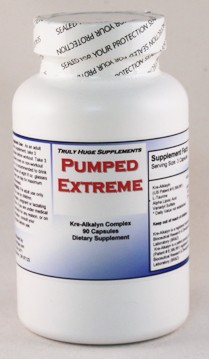
Click Here for Free Bodybuilding and Fitness Magazine Subscription
Creatine Nutrition

Click Here for the Best Creatine Supplement
Creatine Supplement Nutrition Information
However the specific nutritional facts about creatine that you may be looking for would depend a lot on the specific kind of creatine that you are using as there seem to be countless creatine products on the market. All the specific nutritional information will obviously be displayed on the packaging which is required by law in the USA and many other countries.
Creatine is a stored form of energy (known as ATP) released quicker than glucose, helping cells function under high intensity conditions. It is a heavily-researched supplement, and has not been found to have any serious negative side effects.
But one of the many different research papers that have been done was specifically on the eating plan that should be followed when taking creatine on a daily basis. To sum the study up without getting too involved in the complex interpretations it has been shown that eating a little bit of protein with creatine helps the creatine absorption rate.
We all know that eating complex carbs with a protein is the correct way to eat when you are eating six times a day. The good news is that this type of diet and nutritional balance seems to work best for creatine production as well as creatine absorption.
As mentioned above the serving sizes will vary slightly based on the potency of the creatine product that you are purchasing. Most micronized creatine powders contain 5 g of creatine per serving and recommend one rounded teaspoon three times daily with meals and an additional teaspoon in a post-workout shake. You can mix the micronized creatine powder with about 8 to 12 oz. of water or fruit juice.
Taking micronized creatine usually requires a "loading" phase that allows your muscles to saturate with creatine. The loading phase consists of the first five days of using micronized creatine and involves taking one teaspoon four to six times daily. The maintenance phase takes place from day six to 21 with only one teaspoon two times daily followed by a three-day break and a repeat of the same cycle.
Still the most popular form of creatine on the market is creatine monohydrate. Micronized creatine, however, is about 20 times smaller than creatine monohydrate and results in quicker digestion and more efficient absorption into the muscles. It also mixes well with liquids and stays suspended in solution longer.
It is obviously highly recommended that one use a micronized creatine powder as it has been linked to several performance benefits. By preventing tissue damage, creatine optimizes the body's ability to metabolize energy during high-intensity training. This results in improved power and strength with reduced recovery times.

